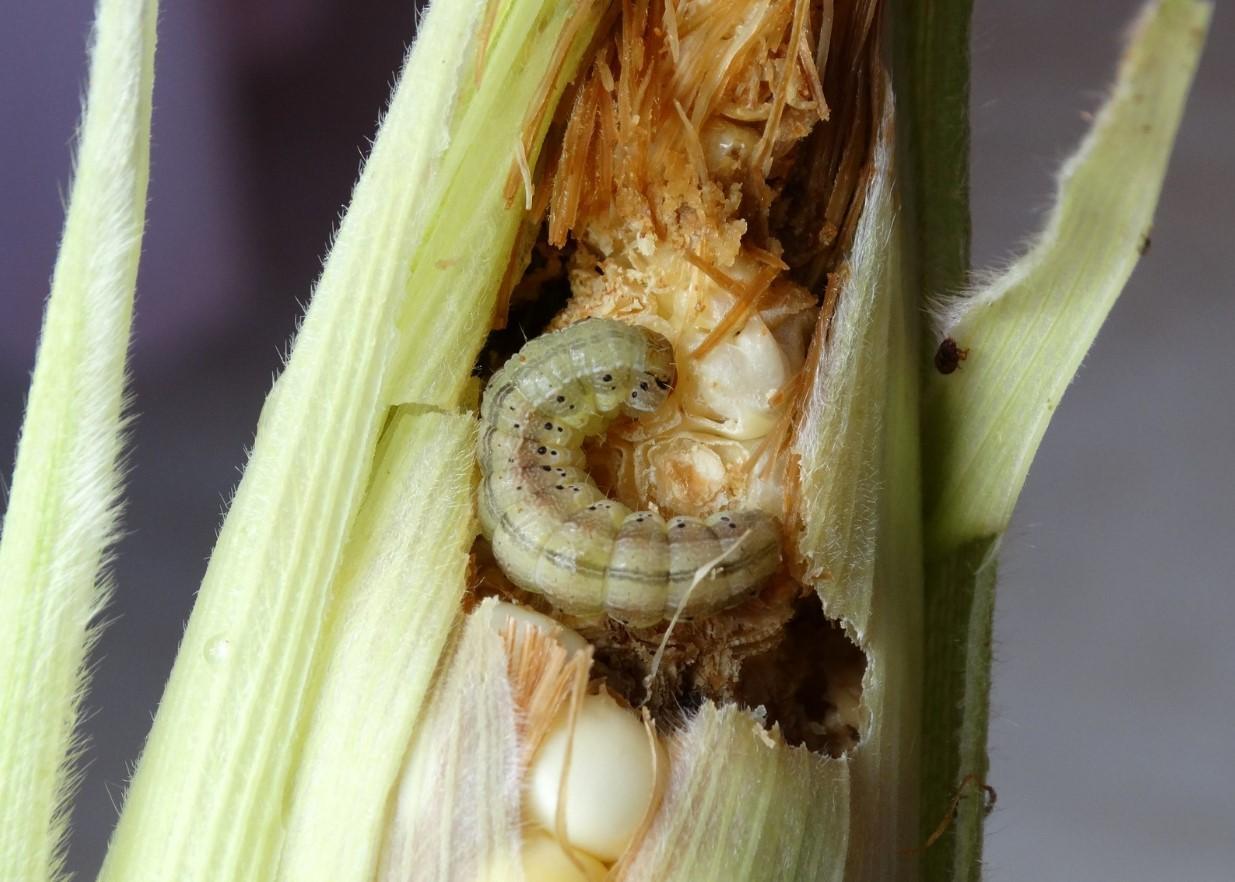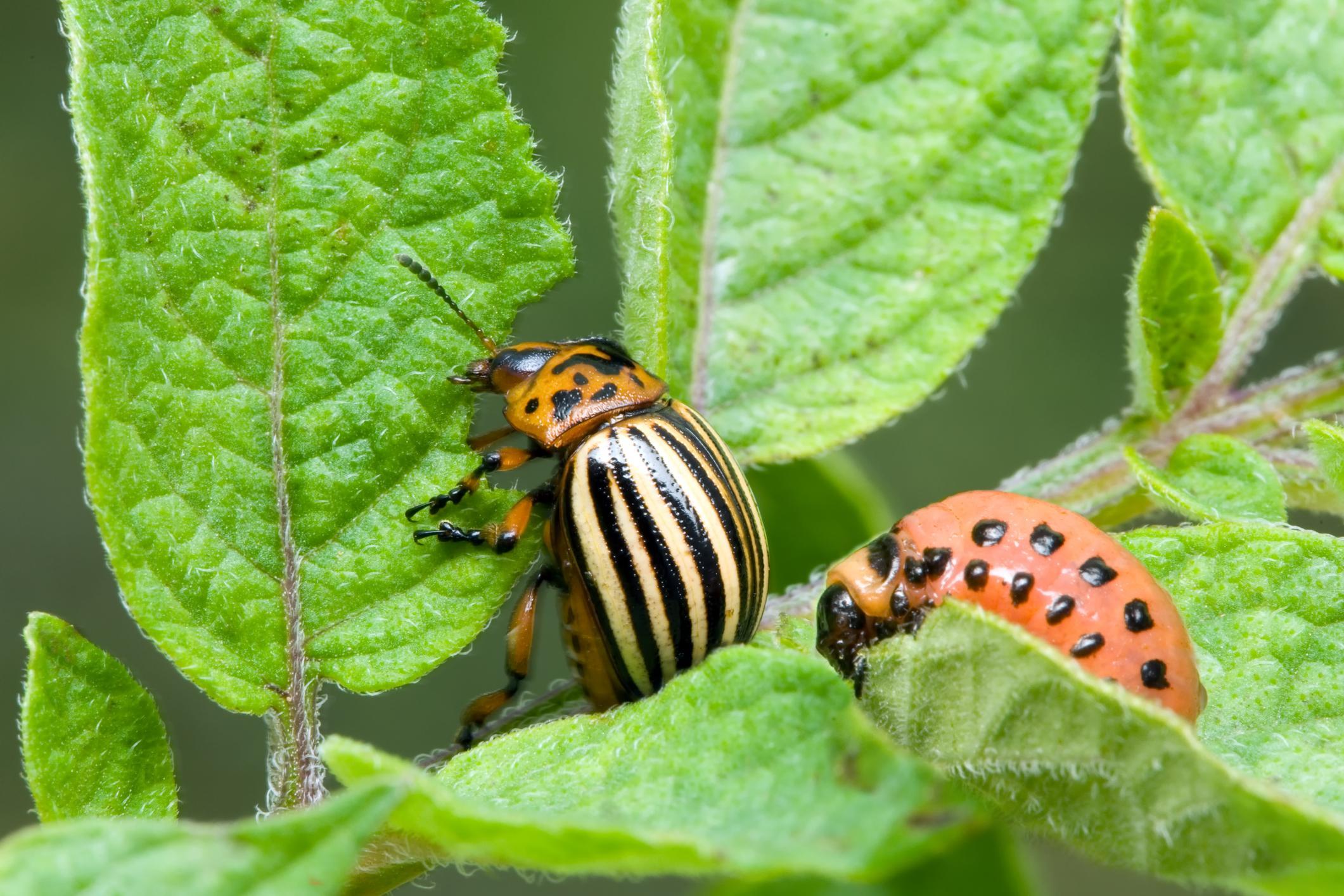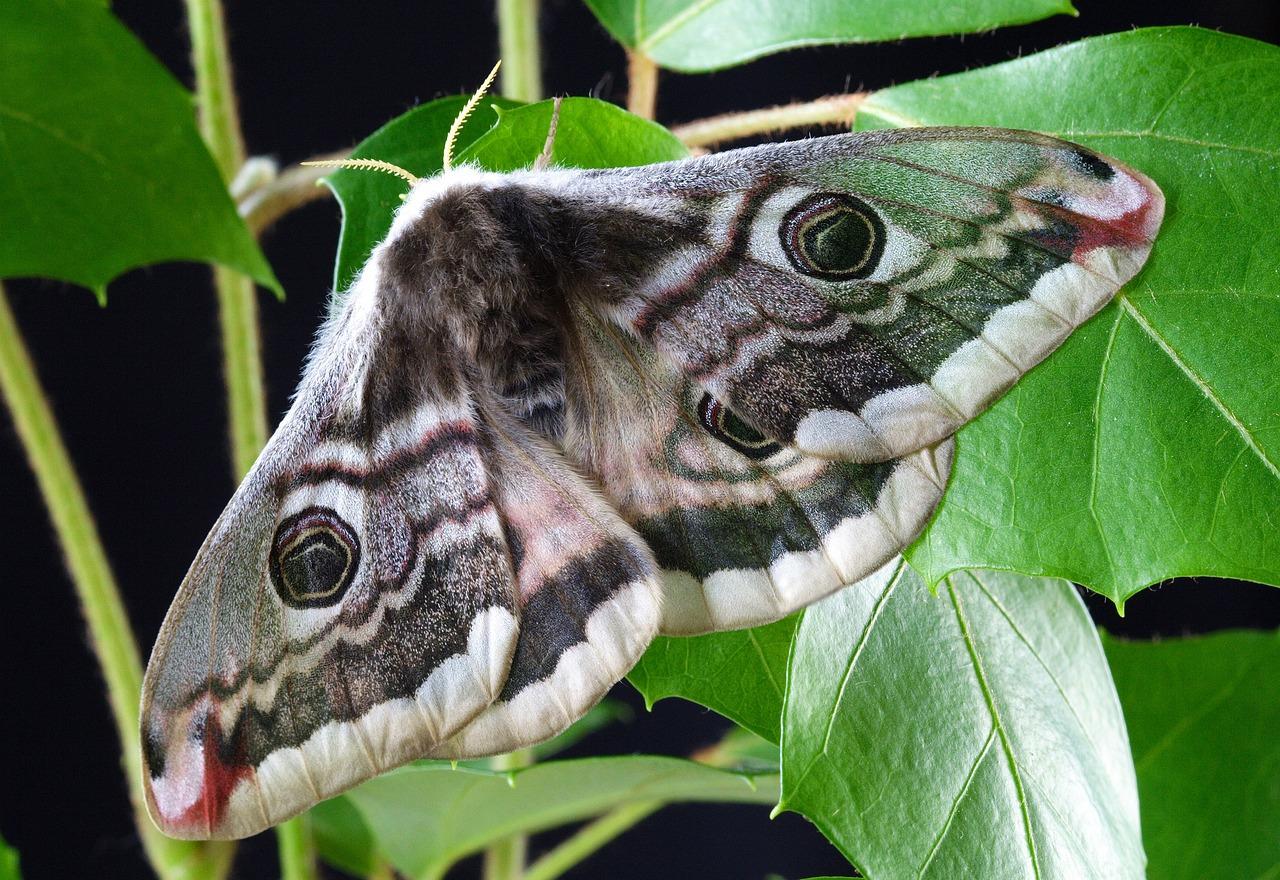Diapause in Insects - Meaning With Examples

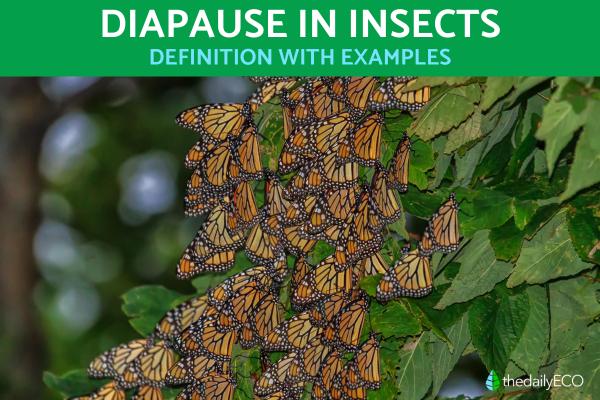
You may notice there are times of the year when insects are more abundant than usual. This is seen in summer when mosquitos make themselves well known. You may not have spent much time wondering why. The availability of resources is one such reason, as is the change of weather. Many animals have adapted both their habits and their physical bodies to endure cold winters and hot summers. Although insects have more primitive habits, this does not mean they lack strategies for survival. One such strategy is known as diapause.
thedailyECO investigates diapause in insects. We look at the definition of diapause and provide examples of diapause in nature, as well as some photos of different insect species which perform this process.
What is diapause in insects?
Diapause is a strategy in which insects can suspend their development or growth. They do so by entering a phase of inactivity for a prolonged time in order to endure a season when survival is more difficult. Said inactivity can occur at any stage of the insect's lifecycle, whether during the embryonic, larval, pupal, or adult stages. However, it will depend on the species in question and its genetic determination.
Diapause occurs due to a change in the endocrine system. Certain glands stop secreting the hormones they would normally release. This is regulated by brain neurosecretory cells going into quiescence, i.e. dormancy or inactivity. In pupal and larval stages, this period is controlled by the hormone ecdysone. In adults, it is regulated by retention of the corpus allatum gland which produces juvenile hormones.
The process of diapause helps many animals to survive harsh conditions. It is both useful for insects going from warm areas to very cold environments and vice versa. The latter includes insects from temperate areas surviving a very hot summer.
This process is typically frequent in insects, but it does not only occur in this group. It can also be observed in plants and in animals under the name of dormancy, but it does not occur in the adult stages of mammals. It is possible it occurs in the embryonic stage of humans, but further research is required to know for sure.
Learn more about arthropod survival with our article on how do insects breathe?
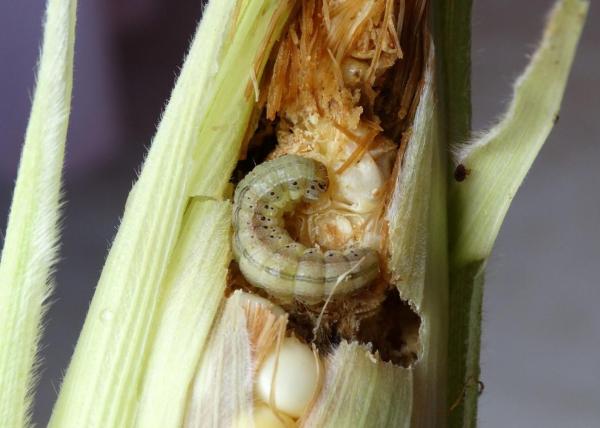
Phases of diapause in insects
The series of processes that are activated by the arrival of adverse conditions can be divided into the following chronological phases:
- Induction: for the diapause to be activated, the insect organism will perceive the changes that announce a nearby severe change in the environment via various stimuli. For example, they can capture the change in the duration of sunlight that marks the arrival of winter. They do not respond immediately to adverse conditions, but rather anticipate the signs leading up to them in order to prepare in advance.
- Preparation: the insects begin to stock up on reserve material that will serve them during the inactivity phase. They accumulate lipids, carbohydrates, proteins and other essential molecules. In some cases this phase may be absent.
- Initiation: marks the end of the preliminary stages as the organism stops physiologically. There may be changes in color, enzyme production or behavioral changes.
- Maintenance: development is arrested and sensitivity to external factors decreases to prevent the diapause from ending.
- Termination: after a stimulus alerts the dormant insect or after a certain period of time, the diapause gradually comes to an end. This occurs a little before the unfavorable conditions end completely.
- Quiescence: since diapause does not end along with severe conditions, this state of quiescence and rest functions as a transition. Their metabolism is not as slow as before. It is more of a lethargy from which the insect can wake up when the conditions are already optimal to resume their normal life.
Types of diapause in insects
We can find different types of diapause according to certain criteria:
According to the relationship with the environment
- Obligatory diapause: the environment does not play any role and it occurs forcibly at some stage of the insect's cycle.
- Facultative diapause: in this case it is activated by adverse environmental conditions.
According to the stage
- Developmental delay: present in the egg.
- Yolk accumulation: in the egg.
- Without feeding the organism: in the larva and in the adult.
- Stage extension: in the egg, pupa and larva.
- Delay in reproduction: in the adult.
- Stasis or lack of movement: in the adult, larva or pupa.
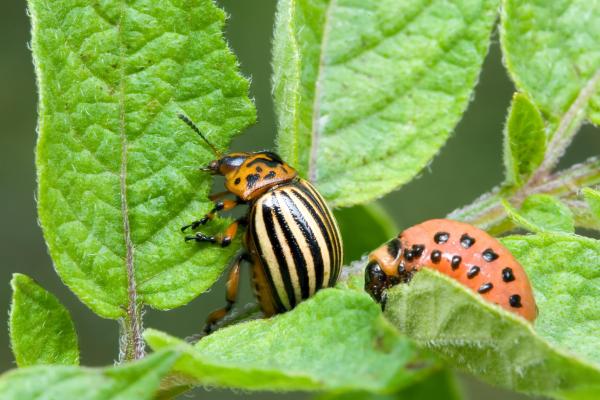
Difference between diapause and quiescence in insects
Although quiescence is part of diapause, both are considered different processes:
- Quiescence is a process of torpor where the insect is not completely inactive, while diapause is stricter in the sense that there is a physiological stoppage forced by environmental conditions.
- Quiescence can be terminated at will by the animal, but diapause cannot.
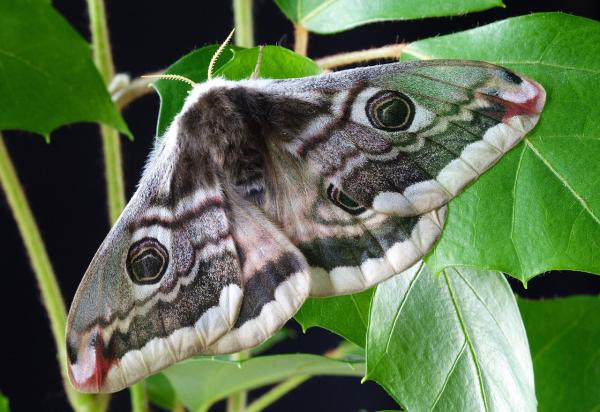
Examples of diapause in biology
To finish, we indicate some examples of diapause in biology:
- Diapause in mosquitoes: despite looking forward to it, we know there are negative consequences of the arrival of summer. Mosquitoes are one of the worst for many people. If in winter we do not see these biting insects it is because they have gone through diapause. In this case, the state of inactivity can occur at any stage and is activated by the modification of sunlight.
- Diapause in corn earworm (Helicoverpa zea): they enter this phase when they are in the pupal state, induced by photoperiods of 10 hours.
- Delayed fertilization in mammals: in this case, the spermatozoa accumulate so that they can be used later, when the environmental conditions are more convenient for the birth of the offspring.
- Seasonal diapause in mammals: embryos can be retained within the mother. For example, those who were conceived in autumn and should be born in winter will do so until spring so that they do not have to go through this harsh season.
There are various types of dormancy in nature, with diapause being only one of them. Although mammals do not go through diapause, there are periods of necessary dormancy when the seasons change. Learn more with our article on different types of hibernating animals.
If you want to read similar articles to Diapause in Insects - Meaning With Examples, we recommend you visit our Biology category.
- Gilbert, S. F. (2000). Developmental Biology. 6th edition. Sunderland (MA): Sinauer Associates. Retrieved from: https://www.ncbi.nlm.nih.gov/books/NBK9983/
- Vargas, M. (1998). The mosquito. San José: Editorial of the University of Costa Rica.






